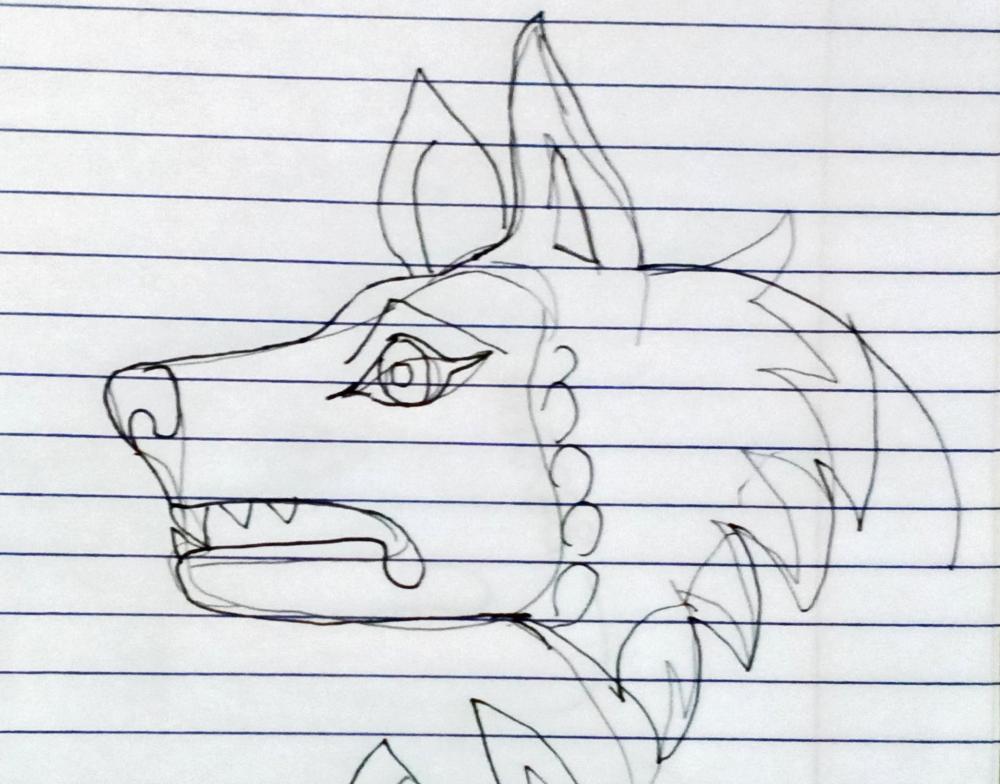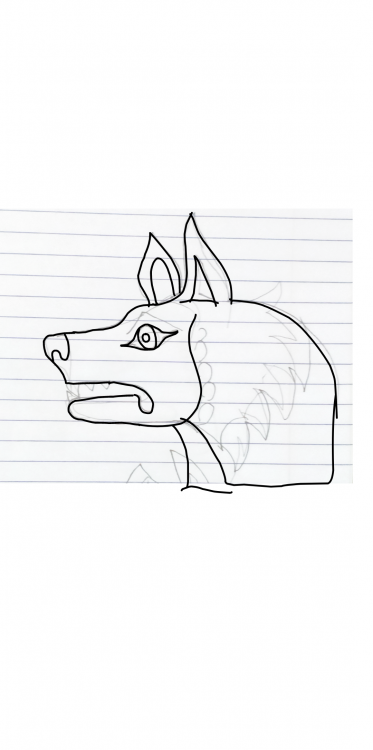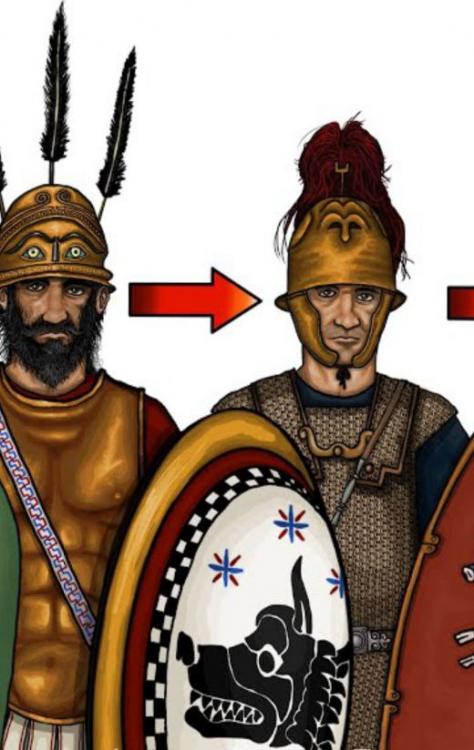-
Posts
25.684 -
Joined
-
Days Won
300
Everything posted by Lion.Kanzen
-
.thumb.png.ce58cea22940c255f5b0a735d5abee36.png)
==[Task]== Ethnic Egyptian Mercenary Camp
Lion.Kanzen replied to Lion.Kanzen's topic in Eyecandy, custom projects and misc.
-
.thumb.png.ce58cea22940c255f5b0a735d5abee36.png)
==[Task]== Ethnic Egyptian Mercenary Camp
Lion.Kanzen replied to Lion.Kanzen's topic in Eyecandy, custom projects and misc.
por mensagem privada? -
.thumb.png.ce58cea22940c255f5b0a735d5abee36.png)
==[Task]== Ethnic Egyptian Mercenary Camp
Lion.Kanzen replied to Lion.Kanzen's topic in Eyecandy, custom projects and misc.
@Lopess podrias ayudarme con este ...al menos importandolo al juego. Portug: Podes ajudar-me com este... pelo menos a importá-lo para o jogo. -
.thumb.png.ce58cea22940c255f5b0a735d5abee36.png)
==[Task]== Ethnic Egyptian Mercenary Camp
Lion.Kanzen replied to Lion.Kanzen's topic in Eyecandy, custom projects and misc.
I have been living here in my new house for 3 months now. I don't know if I should make a variant with this building. I would like to know if anyone can use it. as you can understand it took me 6 months to get my new house, I live in a more rural area but quite civilized (for the third world). I was one year without using the PC until May 2024. I only dedicated myself to think concepts and draw a little bit apart from playing on the cell phone. I found some ideas compatible with my designs in other games. these settlements or forts allow to recruit mercenaries and to be trade routes, they belong to the Impervm HD game. https://www.imperivmworld.com/aprende-a-jugar/ it's like a CC and a fort or a market all in one -
https://www.betaarchive.com/forum/viewtopic.php?t=31457 It seems there was a video of that. I found the following: at 0:46 villagers can be seen praying outside a shrine; maybe in early versions the temple was used only to create mythological creatures and god favour was obtained through sending villagers to a shrine?. I have this idea mainly because: the shrine building in the retail version can be placed only in the editor and can be seen in some campaign scenarios and each culture group (greek, egyptian and norse) have a different model for the shrine building; and at the end, when you click the building, it has its own sound. My thesis is that it is a scrapped building later recycled as campaign decoration only.
-
According to what I read(or I saw in a video), it was one of the main ideas that were later discarded. Now I know where some of Delenda Est's ideas come from.
-
By the way, Ishtar is Venus. How often I combine my passions of history and studying religions and ancient thought. I have learned a lot about Middle Eastern civilizations.
-
-
.thumb.png.ce58cea22940c255f5b0a735d5abee36.png)
Age of Mythology: Retold
Lion.Kanzen replied to borg-'s topic in Introductions & Off-Topic Discussion
Some additions are interesting. -
.thumb.png.ce58cea22940c255f5b0a735d5abee36.png)
Age of Mythology: Retold
Lion.Kanzen replied to borg-'s topic in Introductions & Off-Topic Discussion
Quality of Life button. -
.thumb.png.ce58cea22940c255f5b0a735d5abee36.png)
what games do you play besides 0ad?
Lion.Kanzen replied to grepmaster's topic in Introductions & Off-Topic Discussion
Clash Royale(mobile) Resident Evil Code Veronica (emulator) Resident Evil 2 remake Resident Evil 3:Nemesis (emulated) I tried to play Silent Hill Origins but it's too esoteric and gives me the creeps. Imperium HD greatest battles of Rome Ark Survival (mobile) -
.thumb.png.ce58cea22940c255f5b0a735d5abee36.png)
Why is the 0 A.D community so small?
Lion.Kanzen replied to Doctor Moist's topic in General Discussion
If you are looking for a free alternative, and I mark the word free. There aren't many free RTS games out there. The biggest competitor in the area is War Selection. 0AD always stands out. -
-
This is making a sketch with several ideas. One is this one. I haven't finished and polished it yet.
-
https://gitea.wildfiregames.com/0ad/0ad/issues/6924 Someone wrote these suggestions on the gitea.
-
.thumb.png.ce58cea22940c255f5b0a735d5abee36.png)
introduce badge to indicate the phase (#6849)
Lion.Kanzen replied to abian's topic in Game Development & Technical Discussion
Like what? A ribbon? A shiny details in the GUI? -
Could we have occasional events like locust plagues? They would destroy the farms.
- 87 replies
-
- rebalance
- atlas templates
-
(and 5 more)
Tagged with:
-
This is very interesting
-
To these it seems like a Renaissance with so many columns.
-
.thumb.png.ce58cea22940c255f5b0a735d5abee36.png)
Why is the 0 A.D community so small?
Lion.Kanzen replied to Doctor Moist's topic in General Discussion
We need a concept that differentiates us from other RTS, not just being a more detailed . Basically vision and mission but from the gameplay. Make the game have more unpredictable tactics,without becoming repetitive. -
.thumb.png.ce58cea22940c255f5b0a735d5abee36.png)
Graphic Designer Application - Melody E.
Lion.Kanzen replied to whiteebony82's topic in Applications and Contributions
Maybe improve our interface, you know the one that has the title: session. Have you seen Age of Mythology Retold? -
This is the problem of competition/ competitive mode. We would gain more with gameplays of the campaigns and their Speedrun.


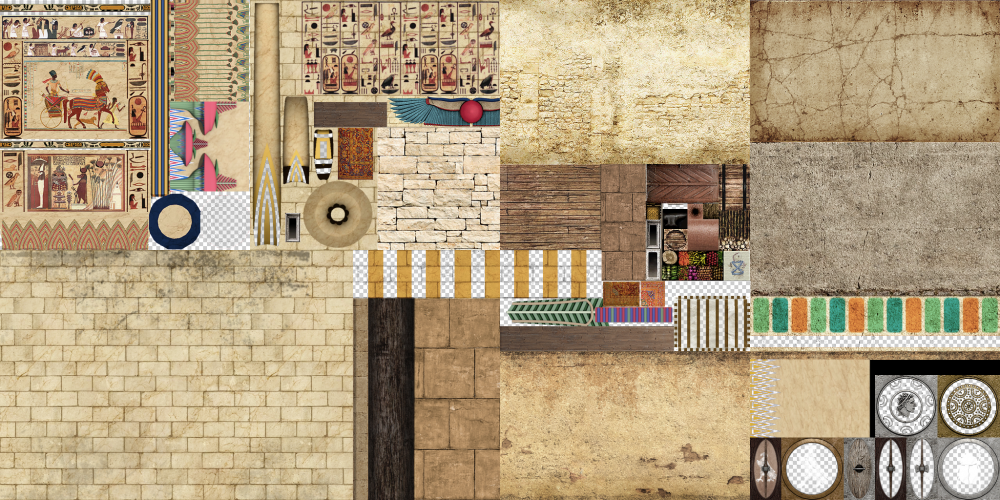

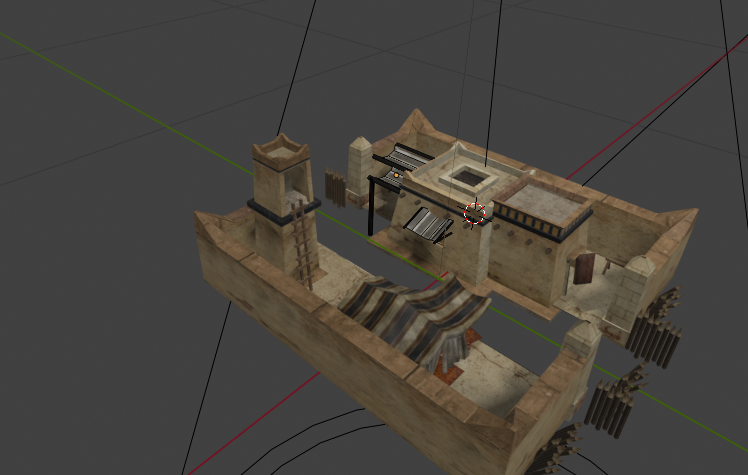
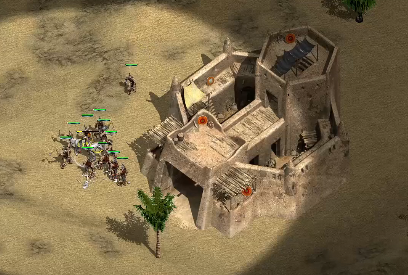

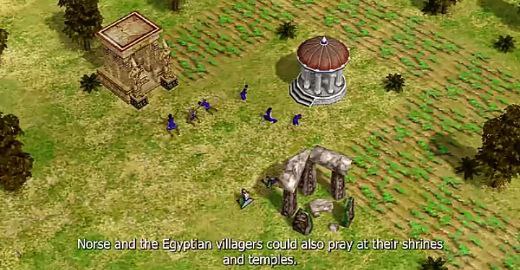
.jpeg.a2f85a6677561f2a33088886453b945f.jpeg)
